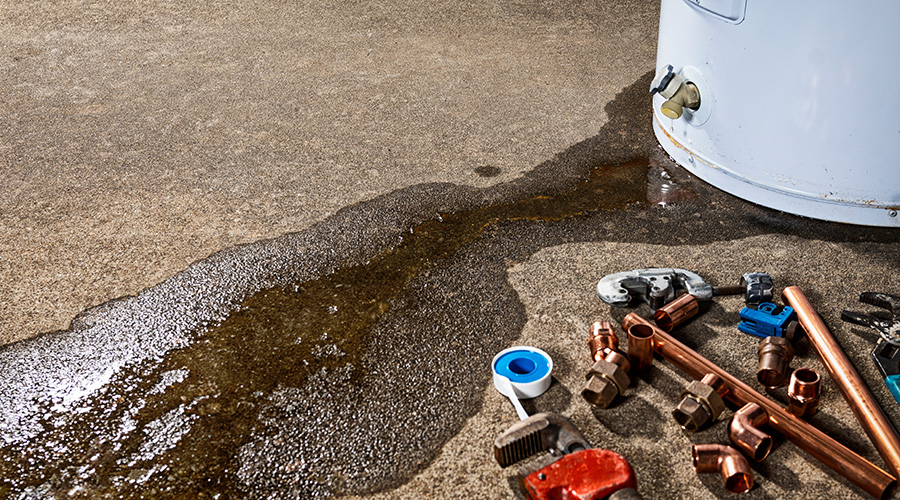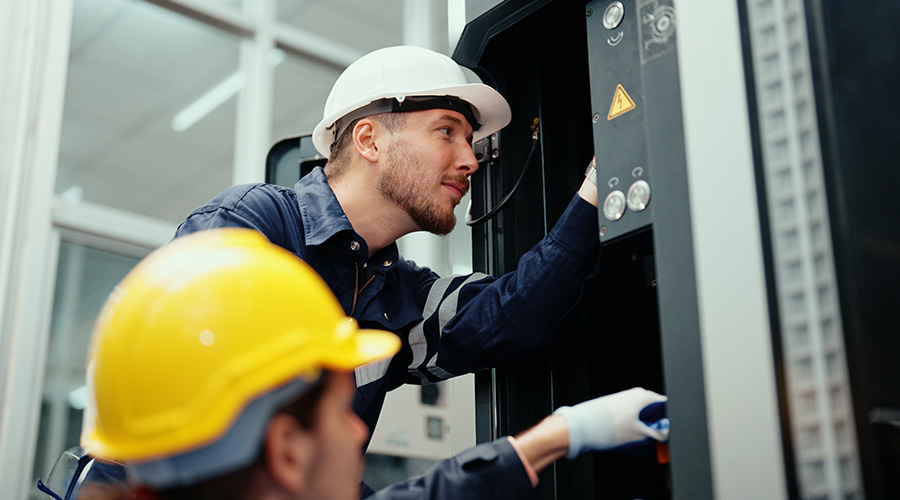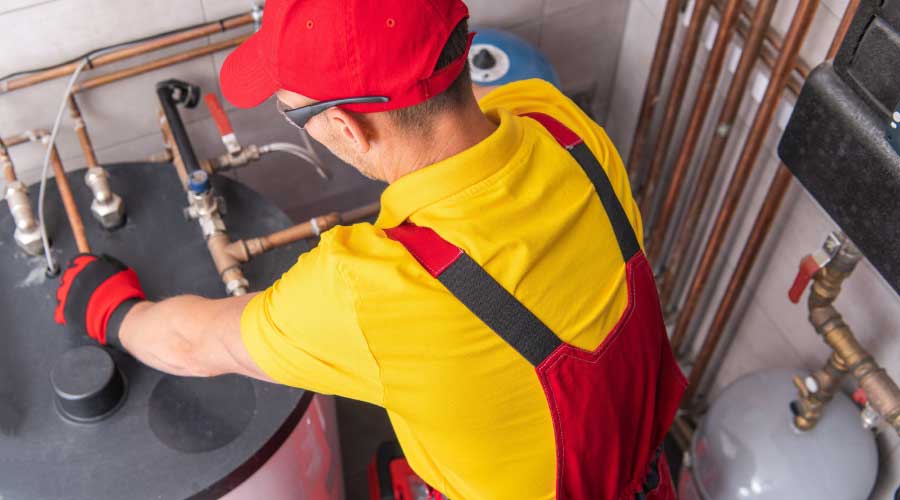Operation Considerations With Tankless Systems
Ultimately, relying on an HVAC engineer and contractor to assist with the design and installation of a plumbing system requires additional thought and oversight. When a heating system consists of boilers that also will generate domestic hot water, managers also must consider issues related to the coordination of the system’s operation.
The first issue is heat-generation efficiency. What are the boilers’ combustion efficiencies? Is there a large pumping loss to reach the domestic-water heat exchanger? If a facility uses a central steam plant that generates heat at 60 percent efficiency, the chances are minimal that savings are possible by not providing a tank-type water heater with 95 percent combustion efficiency. Reduced standby losses will not be significant enough to overcome a poor or aged heating system.
The second issue is whether the plant would operate year-round if it were not supplying hot water to the domestic water system. Managers must avoid situations where the plant only activates to satisfy a domestic water load. But if a facility is using a high-efficiency boiler plant, a water tank could be used on the heating system, as opposed to the domestic water system. A tank on the heating system can be maintained at a temperature closer to the desired domestic water temperature, since that water is not potable. If managers use a tank-type approach on the heating system, they need to size the tank appropriately, based on boiler run time, not the domestic
water-heating load.
The third issue is determining the normal operating temperature range of the heating system. As managers become more energy conscious, heating-water temperatures continue to drop in order to maximize boiler efficiency. But many heating coils and heat exchangers are not sized for significant temperature drops, so facilities are gaining efficiency by dropping the temperature of the heating-water supply.
Also, reset schedules based on outdoor-air temperature often force the temperatures of the heating-water supply to as low as 100 degrees. If domestic hot water is using the heating water for generation, the heating water needs to be warmer than the required domestic-water temperature. When the domestic system drives the design parameters of the heating system, managers should review true energy savings to ensure losses in heating efficiency do not offset gains from the elimination of standby losses.
Nick Hinman, P.E., CEM, is an engineering manager with Horizon Engineering Associates, an engineering firm that specializes in building commissioning and energy analysis. Scott Lance, LEED AP O+M, is a project engineer with the firm.
Related Topics:














